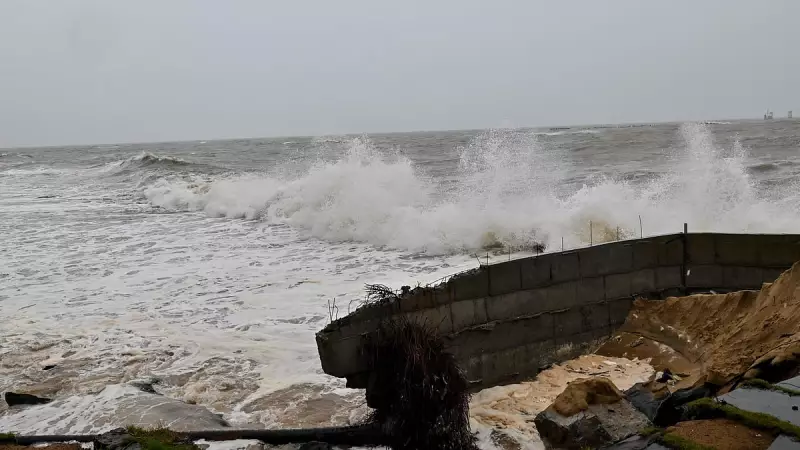
In a move that has sent shockwaves through environmental circles, NITI Aayog's recommendation to drastically reduce the Coastal Regulation Zone (CRZ) from 500 meters to a mere 200 meters is facing fierce opposition from conservationists and climate experts across India.
Environmentalists Sound the Alarm
Prominent environmental organizations and activists have urgently appealed to Prime Minister Narendra Modi to reject what they term a "dangerous and short-sighted" proposal that could have catastrophic consequences for India's coastal protection.
The existing 500-meter CRZ has served as a critical buffer zone, protecting fragile coastal ecosystems from unchecked development and commercial exploitation. Reducing this protective barrier by 60% threatens to expose vulnerable coastal communities to increased environmental risks.
What's at Stake?
- Mangrove forests that act as natural barriers against storms and erosion
- Marine biodiversity including critical breeding grounds for aquatic life
- Coastal communities whose livelihoods depend on healthy marine ecosystems
- Natural flood protection against rising sea levels and extreme weather events
The Maharashtra Connection
Maharashtra's extensive coastline, home to diverse marine life and thriving fishing communities, stands to be particularly affected by this proposed policy change. Environmental groups in the state have been at the forefront of the opposition, highlighting how the CRZ reduction could accelerate coastal degradation.
"This move prioritizes short-term commercial interests over long-term environmental sustainability and community welfare," noted one environmental activist involved in the campaign.
A Call for Presidential Intervention
The growing coalition of environmental advocates is not just opposing the recommendation but actively calling for stronger coastal protection measures. They argue that in an era of climate change and rising sea levels, India should be strengthening rather than weakening its coastal conservation framework.
As the debate intensifies, all eyes are on the Prime Minister's Office to see whether environmental concerns will prevail over development pressures in this critical policy decision affecting India's 7,500-kilometer coastline.





